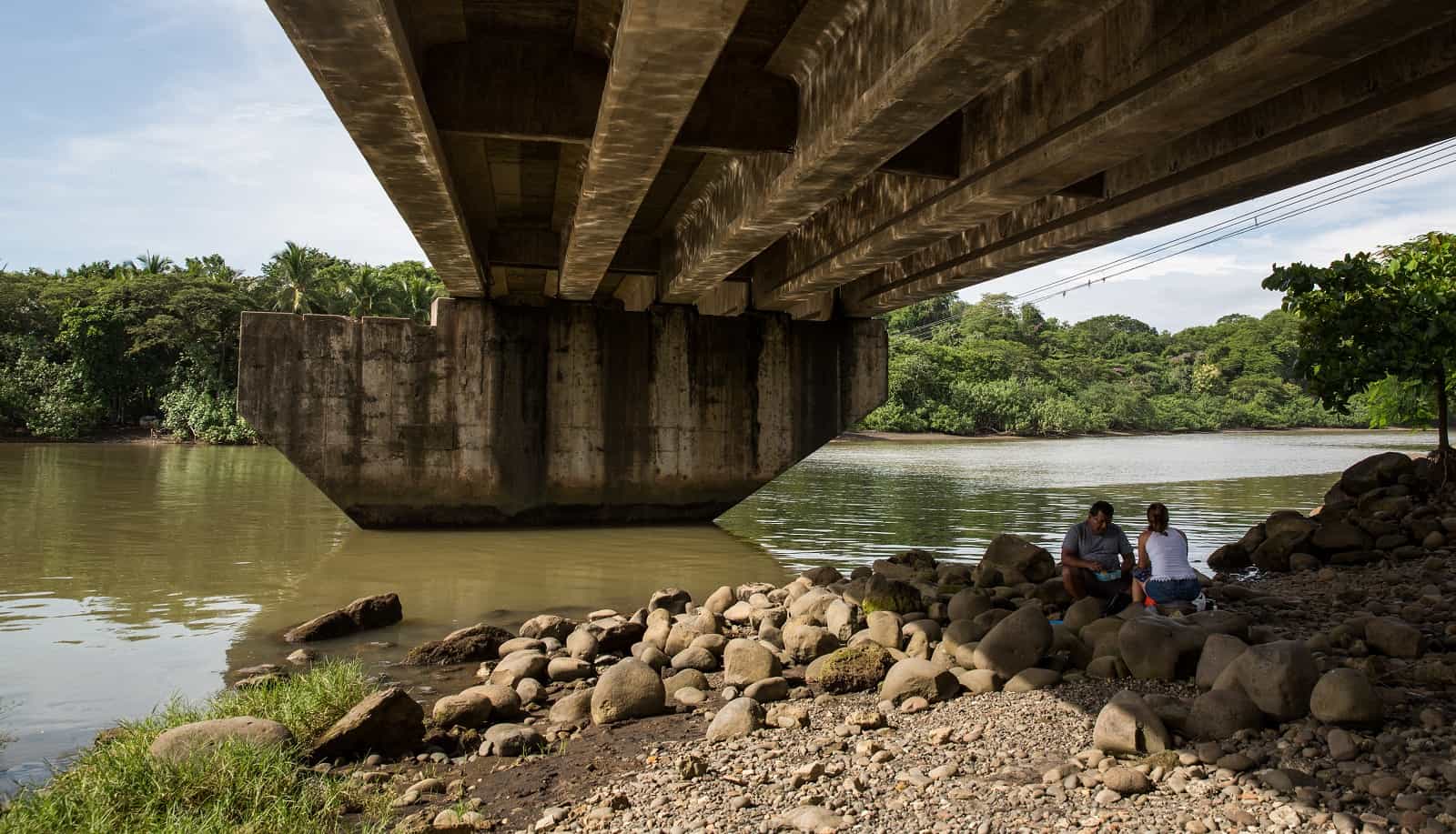The Costa Rican Institute of Aqueducts and Sewerage (AyA) reported that the Barranca River has been contaminated with fungicides after a truck carrying agricultural chemicals overturned and spilled into one of the river’s basins. This incident has left over 100,000 people without potable water in the Puntarenas and Esparza regions.
Studies released on Wednesday revealed that 7,000 milligrams per liter of the contaminant were detected, far exceeding the regulatory limit of 0.1 milligram per liter.
AyA authorities have advised that water reaching pipes in affected communities should only be used for cleaning purposes and not for consumption, due to potential health risks. This warning also applies to water from four wells that have been available since earlier this week. Juan Manuel Quesada, executive president of AyA, emphasized that the institution is not at fault for the contamination.
“Going more than three days without water is chaotic, but it is important to understand that AyA is not responsible for this incident,” Quesada stated. “In the Esparza wells, Mancozeb levels are 70,000 times higher than the permitted limit, and in the Barranca River intake, they are 2.7 million times higher.”
Mancozeb, a fungicide widely used in the agricultural sector, provides protection against a wide spectrum of fungal diseases, including potato blight, leaf spot, scab, and rust.
Quesada stressed that the company responsible for the spill must carry out the necessary clean-up work, and until that is completed, the water cannot be declared safe for consumption.
As of Saturday, AyA has closed the water treatment plant on the banks of the Barranca River, which serves Puntarenas and Esparza. Schools in Esparza, Barranca, and Chacarita, Puntarenas, remained closed as of yesterday. AyA’s executive president urged the community to adhere to the established guidelines, as consuming contaminated water could pose significant health risks.
According to the Ministry of Health, potential problems include vomiting, dizziness, stomach pain, diarrhea, skin irritations, and other discomforts.
“We do not take people’s health lightly,” Quesada added. “We ask for the public’s understanding; we will announce when the water is confirmed to be potable.”







